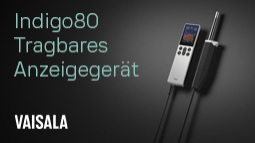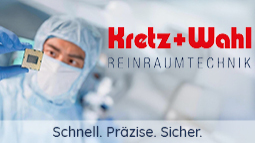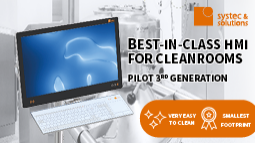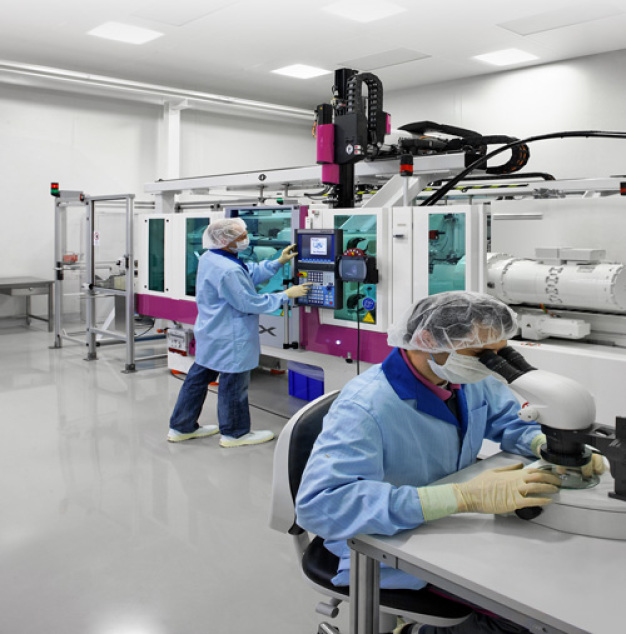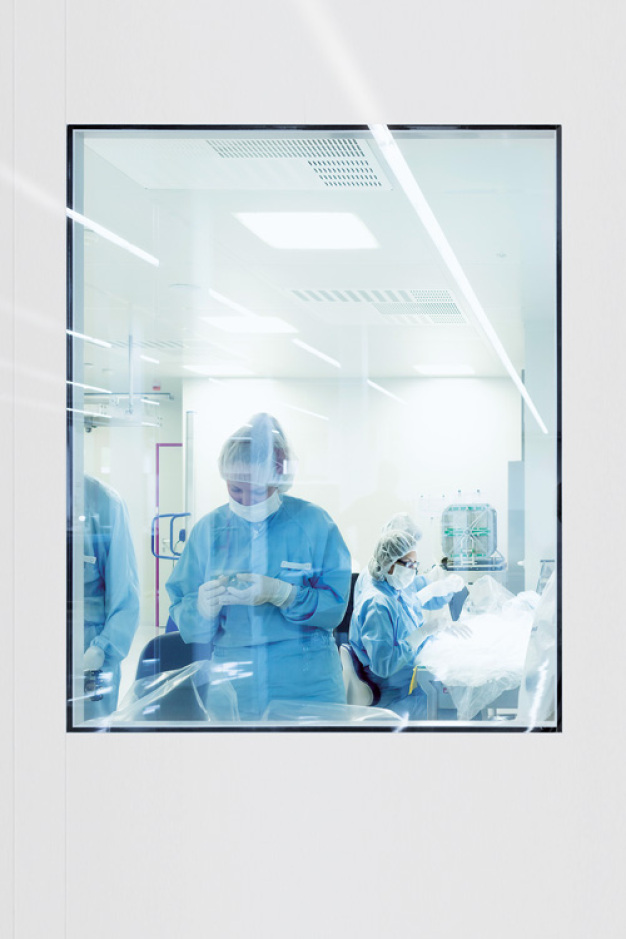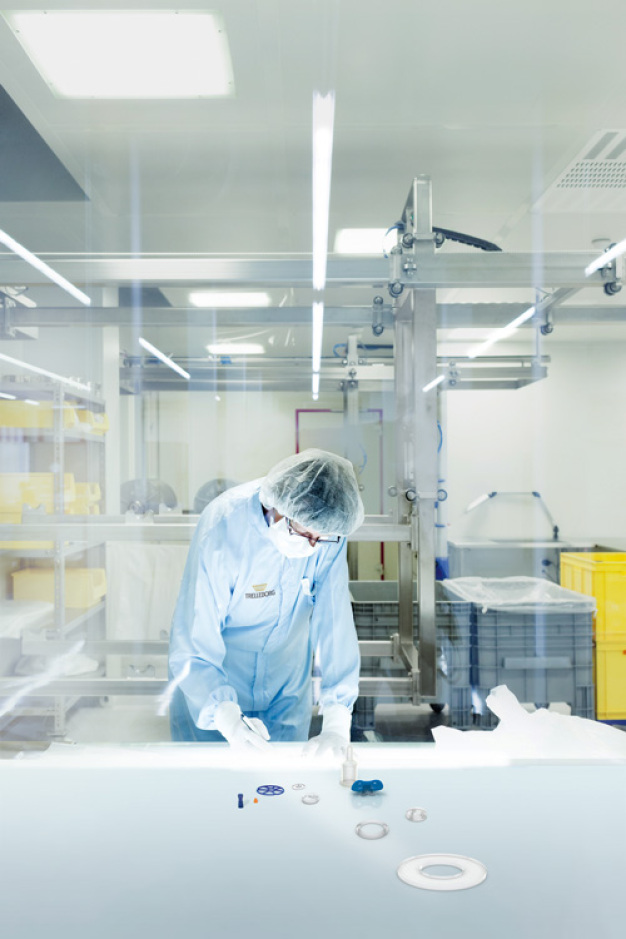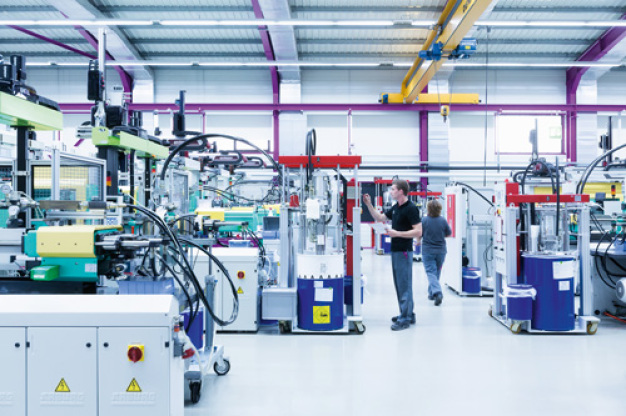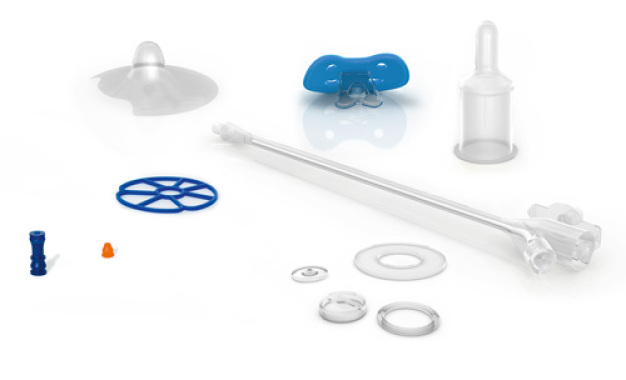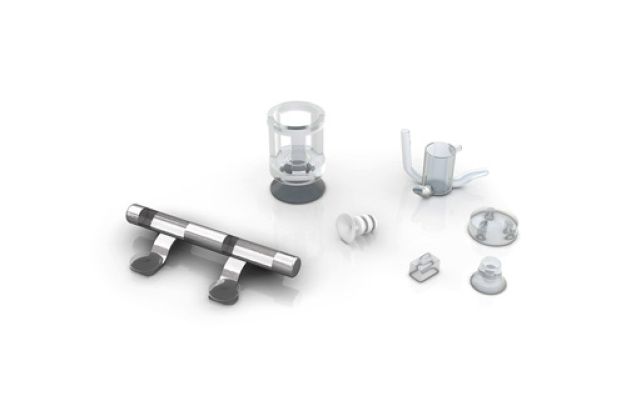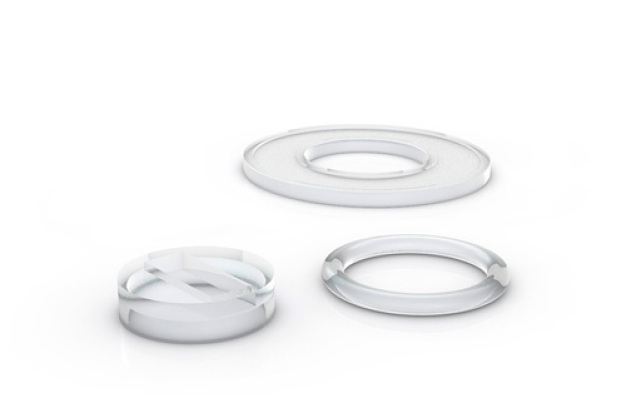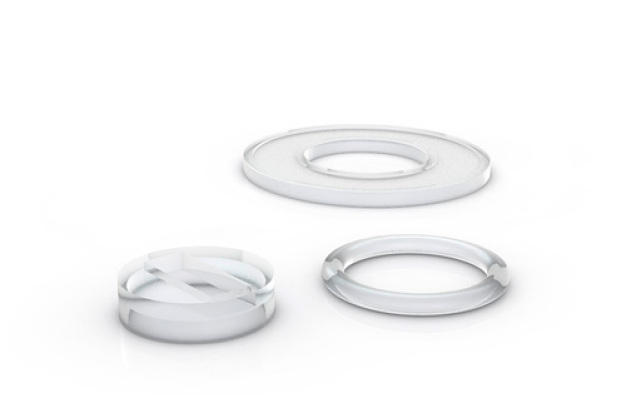Precision tooling for big results in the life sciences industry.
Tiny precision tooling can produce big results in the life sciences industry. When a membrane in the cap of a medicine bottle weighs just three one-thousandths of a gram, extremely demanding accuracy is crucial through the production of millions of items.
Life science matters to us all – after all, it could be our life that’s at stake. And we want to be sure that, if we have to depend on it, we get only the best. The industry, which includes medicine, pharmaceuticals, biotechnology and patient care, is one with which we may have a very intimate relationship, often at a time when we need all the protection we can get.
So it’s no surprise that the standards for products in the life sciences industry are extremely demanding. It may take years to bring something to market, as validation, approval and adjustment follow discovery and development. And a company like Trelleborg, whose solutions are used extensively in life sciences, has to meet those high demands.
Ursula Nollenberger, Product Line Director for Liquid Silicone Rubber (LSR) Components at Trelleborg Sealing Solutions, says there are three main areas in which Trelleborg can offer its expertise on a global basis. “We have design competence, we have manufacturing competence, and we have material competence,” she says.
Trelleborg helps companies design the products they need and the process by which they will be manufactured. “Sometimes a customer comes to us with a black box idea,” says Nollenberger. “They know what they want done, but they only have a few ideas about how to do it. We work with the customer to find a solution.”
At Trelleborg’s LSR Competence Center in Stein am Rhein, Switzerland, Trelleborg engineers help to determine the correct material and design solution, developing the tools and process for the realization of that solution. The aim is a high-quality, cost-effective product and reliable process, using Class 7 and 8 cleanrooms as needed. Cleanliness, product purity and biocompatibility are key criteria.
One issue the center tackled was a problematic valve in a sterilization unit for hospital instruments. The valve was made of a thermoplastic body sealed with an O-Ring, and the assembly created space where bacteria could build up.
“The company came to us for a solution, and we worked with them on a suitable design,” Nollenberger says. “In the design phase we supported the customer with our non-linear finite element analysis tool, which is one of the most advanced in our industry, to optimize the new design.”
The decision was made to use a two-shot Liquid Injection Molding (LIM) process, where, in a single tool, first the thermoplastic and then the LSR is injected in a closed-loop, automated system to produce the composite. A single sealing component was created that closed the gap in the assembly. “The two-component process demands the highest levels of tool precision, but avoids the need for a second assembly step and the risks and cost associated with that for the customer,” Nollenberger explains.
That product is now undergoing validation, and production of several million parts a year will start in 2014.
Many of the parts that Trelleborg makes for the life sciences market are very small, and micromolding presents its own challenges. The smallest piece Trelleborg manufactures is a septum, the membrane in the cap of a medicine bottle through which one can insert and withdraw a syringe. This weighs just 0.003 grams and at that size you can hardly pick the part up with standard molding burrs being bigger than the object itself.
Manufacturing a micro-component such as this requires extreme accuracy in tool construction, control of shot weight and the molding process. Automatic handling of the product after molding is done by a unique, specially developed robot gripper arm. The process ensures levels of accuracy are maintained reliably for millions of shots.
“We are always pushing the envelope in tool and process design,” Nollenberger says. “The global team thrives on developing the tiniest precision tooling, finding ever-newer solutions for the dosage of ever smaller weights and devising new process automation tools to handle and control such small parts. Perhaps as Stein am Rhein is in Switzerland, where there’s always been a watchmaking industry, we have a special tradition of dealing with tiny and complex components.”
A breast shield for nursing mothers with sensitive nipples may look straightforward, but it’s a product of high-precision LSR technology and it’s the component’s spherical surfaces that provide a challenge to toolmakers. The four holes in the dome-shaped tip of the nipple are produced directly by the mold. The asymmetric shape makes it particularly difficult to split the mold, but with extremely accurate dosing of the shot size, it’s completely flash-free. There’s no need for any finishing treatment and the unit is completed in one stage.
High precision in-house tooling
Trelleborg’s main Liquid Silicone Rubber (LSR) plant in Stein am Rhein, Switzerland, has its own tooling center, where all tools at the facility are designed and finished. Critical success factors are high precision, flashless and wasteless design, high quality and robustness. In addition, Trelleborg’s special expertise is to design tools and processes to remove products from their molds automatically, without the need for finishing operations. If required, the parts can be tested to customer requirements within the same process and then immediately packaged in a cleanroom – from the machine to the box.
Tight sealing O-ring
Trelleborg provides an engineered O-Ring for a new kind of inhaler made by Boehringer Ingelheim that improves uptake of medication. It requires precision technology with very low manufacturing tolerances. Trelleborg’s O-Ring, which seals the dosing chamber, has to be manufactured to a tolerance of ±1 cubic millimeter and the flash at the mold split must be less than 0.05 millimeter.
Trelleborg Sealing Solutions Silcotech AG
8260 Stein am Rhein
Switzerland

